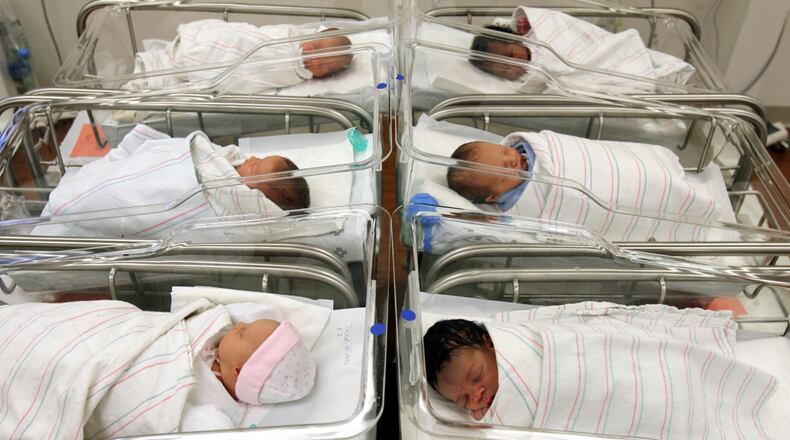In his widely cited 2009 study, Nobel Prize winning economist James Heckman documented a 7 to 10 percent annual return on investments in quality preschool programs for 3-and 4-year-olds. In a study released today, Heckman makes an even more compelling economic argument for programs that begin at birth.
Heckman and his team found high-quality birth-to-five programs for disadvantaged children can deliver a 13 percent per-child, per-year return on investment through reduced crime and health costs and better outcomes in education, civic engagement and employment.
“We are talking about 50 weeks a year for the first 5 years, 8 to 9 hours a day, in terms of engagement of the child,” said Heckman in a press call with reporters. “Not only did this program provide high-quality child care from the earliest years, it provides a form of subsidy for women to go back to the workplace. It has a two-generation impact,” he said. “It lets women complete more education and gain more workplace skills. And it also turns out to improve the lives of their children. The kids are actually enriched.”
To read more about the new study and Heckman's contention that birth to age 3 provides the best window to raise IQ, go to the AJC Get Schooled blog.
About the Author
Keep Reading
The Latest
Featured


